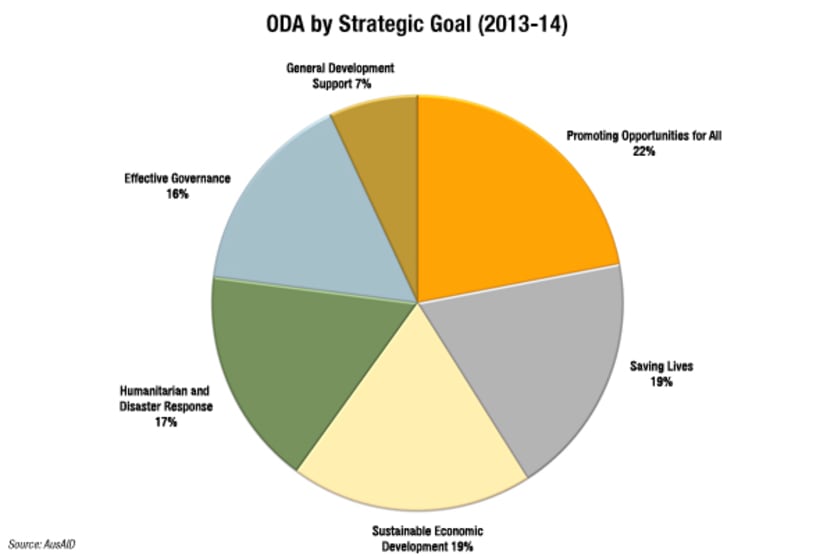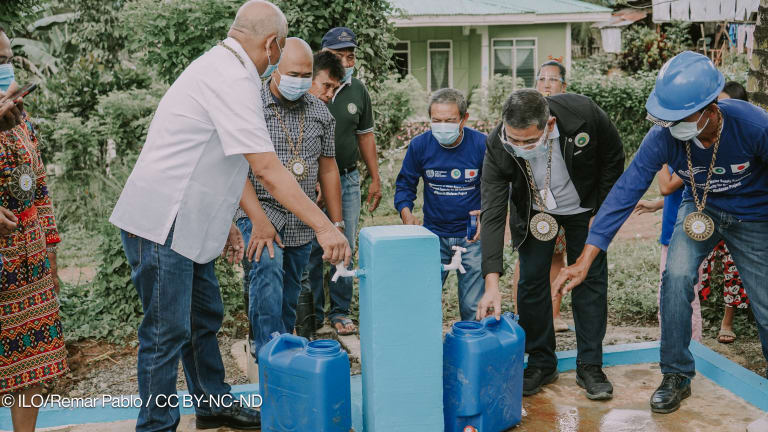
Asia-Pacific remains the top priority region for development assistance, Indonesia is still the top recipient of Australian aid and the 0.5 percent aid spending commitment has been deferred once again. These are according to the budget unveiled today, May 14, by Australia’s Deputy Prime Minister and Treasurer Wayne Swan.
The budget document does confirm Australia’s commitment to join the African Development Bank, which requires purchasing AfDB shares and contributing to the African Development Fund. The Treasury will handle AfDB share purchases, while the Australian Agency for International Development will administer contributions to AfDF. Initial contribution and payments for the 13th and 14th replenishment is set at 160.9 million Australian dollars.
Validating foreign minister Bob Carr’s announcement yesterday, the country’s aid budget for 2013-2014 has been increased to AU$5.7 billion ($5.7 billion). This raises Australia’s spending for official development assistance up to 0.37 percent of gross national income.
Unlike in the previous budgets, the bulk of ODA spending will be allocated to promoting opportunities for all through projects and programs focusing on education, gender equality and inclusive development. In the past, sustainable economic development was the highest-funded strategic goal.

Click on image to view a larger version of the chart.
Here are some of the other key features of Australia’s aid budget for 2013-2014:
Eighty-six percent of the aid budget is allocated to the Asia-Pacific region.
The top five aid recipients are Indonesia (AU$646.8 million), Papua New Guinea (AU$507.2 million), sub-Saharan Africa (AU$355.1 million), Solomon Islands (AU$187.9 million) and Afghanistan (AU$180.4 million).
AU$390.9 million has been allocated to a new program called Enhancing Australia’s Commitment to Development in the Asia-Pacific Region. The program is designed to accelerate progress toward meeting the MDGs, particularly by improving outcomes against poverty and hunger, increasing access to education, and improving maternal health.
ODA funding that can be diverted to support asylum-seekers remains capped at AU$375 million per year.
Contributions of up to AU$200.8 million to the World Bank’s International Development Association and up to AU$101.1 million to the Asian Development Bank’s Asian Development Fund.
AU$396.3 million contribution to the United Nations and other global organizations.
Although aid groups have expressed disappointment at the Australian government’s inability to meet its initial aid targets, Carr said in a statement that the country is “still providing a record amount in aid.” Carr further noted that the 2011-12 Annual Review of Aid Effectiveness released in January 2013 says Australian aid is effective and efficient.
Read more development aid news online, and subscribe to The Development Newswire to receive top international development headlines from the world’s leading donors, news sources and opinion leaders — emailed to you FREE every business day.








